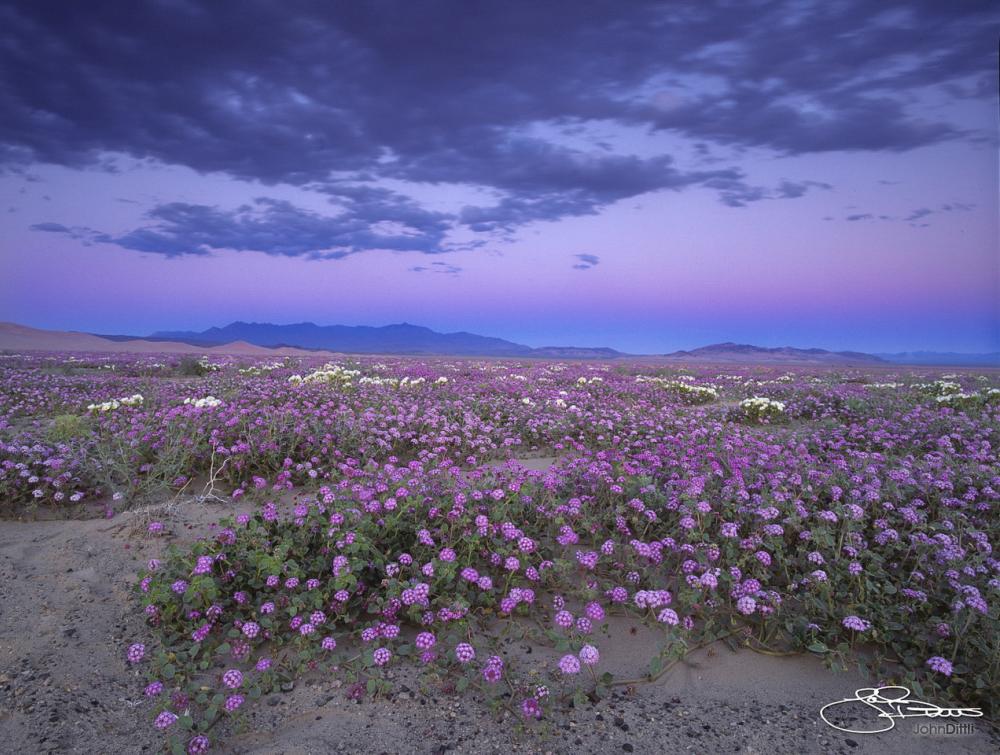Desert Renewable Energy Conservation Plan

John Dittli
Millions of acres of wildlands will be protected in the California desert as part of a landmark plan that also helps develop renewable energy projects on public lands.
The Desert Renewable Energy Conservation Plan (DRECP) includes over 10 million acres of public land, designating over 4.2 million acres of public land—roughly the size of Connecticut and Rhode Island combined—for conservation purposes, while setting aside 388,000 acres for potential solar, wind and geothermal energy projects. It will also encourage renewable energy development in these designated areas by streamlining the permitting process and provide mitigation tactics to offset impacts or increase conservation in other areas.
“This plan is a thoughtful and balanced blueprint for the future of the California desert.” said Dan Smuts, Senior Director, Pacific Region for The Wilderness Society. “It provides a model for the entire nation by addressing the urgent need for clean energy while protecting important lands for wildlife and plants.”
The DRECP directs renewable energy development onto “low-conflict” public land that has been pre-screened and deemed suitable for clean energy, including places that are already adjacent to existing infrastructure like transmission lines and roads. In turn, it provides conservation measures to shield regions of California’s wild desert lands from the ever-increasing threats of climate change—such as rising temperatures and changes in rainfall—that may quickly upset the delicate ecosystem.
Millions of acres of California desert designated for conservation and recreation
Both fragile and unforgiving, the California desert is teeming with life. The DRECP will protect this rugged American West landscape that species like bighorn sheep, desert tortoises, golden eagles and chuckwallas call home. It permanently protects 2.8 million acres as California Desert National Conservation Lands, adding these lands to our National Landscape Conservation System that are managed by the Bureau of Land Management in a similar way to our national parks.

The beautiful and remote Silurian Valley is one of California's desert treasures that will be protected with the DRECP. Credit: Bob Wick/BLM
Notably, the plan will improve habitat connectivity by protecting public wildlands like the Silurian Valley, which links Death Valley National Park and Mojave National Preserve. This will help wildlife more easily adapt to changing environment due to climate shifts.
The conservation areas in the DRECP helps encourage outdoor recreation too. Generations to come will be able to hike the remote mountain ranges, birdwatch throughout wildflower-filled valleys and stargaze in incredibly dark night skies thanks to the new conservation designations.
Clean energy in the right places for a brighter future
A big part of meeting these goals climate change-reduction goals will be developing new land management strategies to help us move away from polluting fossil fuels and toward renewable energy. But while we are doing this, we must make sure we protect America’s natural heritage and spectacular wildlands. The Desert Renewable Energy Conservation Plan fits into this blueprint.

Efforts by Former Interior Secretary Sally Jewell have helped ensure renewable energy is thoughtfully developed in the right places. Credit: Sandia Labs/flickr.
Eight years of working with local communities, nonprofits, state and federal agencies and the renewable energy industry have resulted in a better management strategy for desert landscapes in California, stretching from the Mexican border to Death Valley National Park and beyond.
With the DRECP now final, the next steps are for the government to move forward with conservation efforts on protected lands and clean energy projects in right places. We will continue advocate for this style of collaborative landscape-scale management strategy on other U.S. wildlands, using this blueprint to protect our wild places while looking to achieve climate goals
